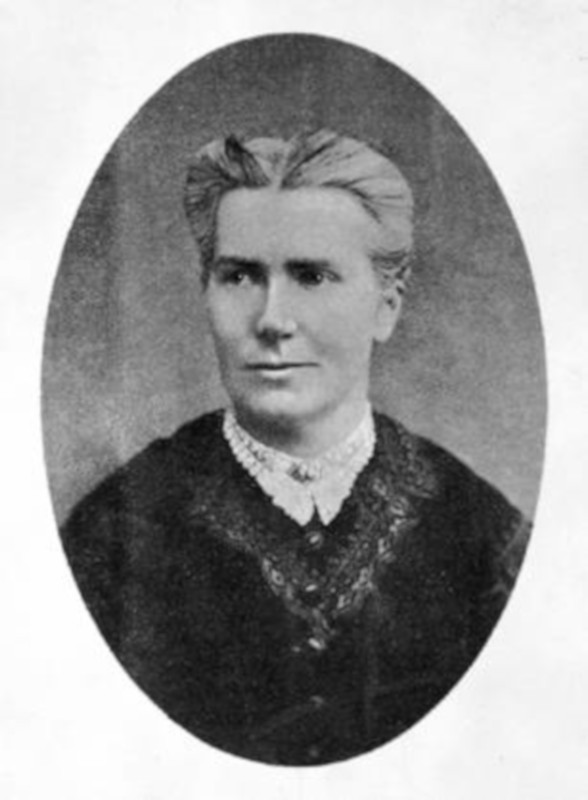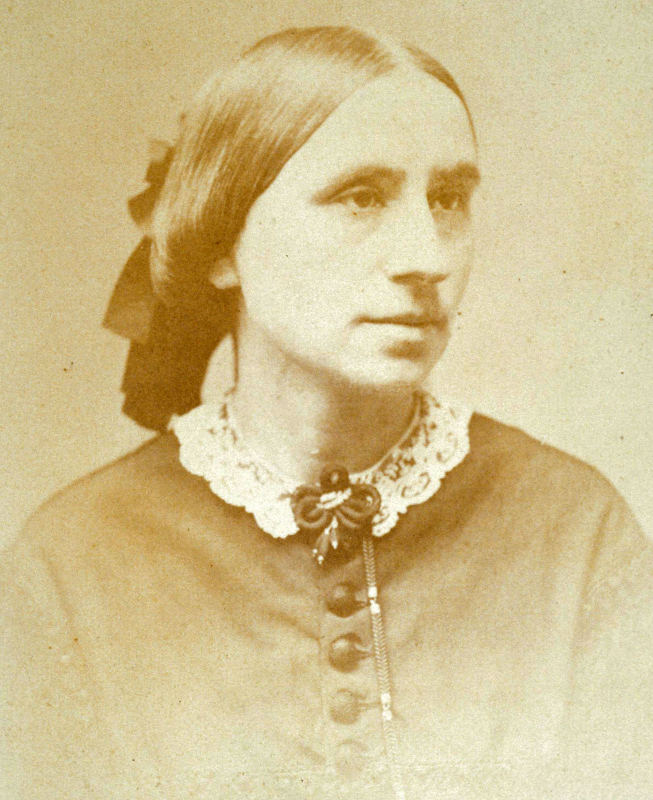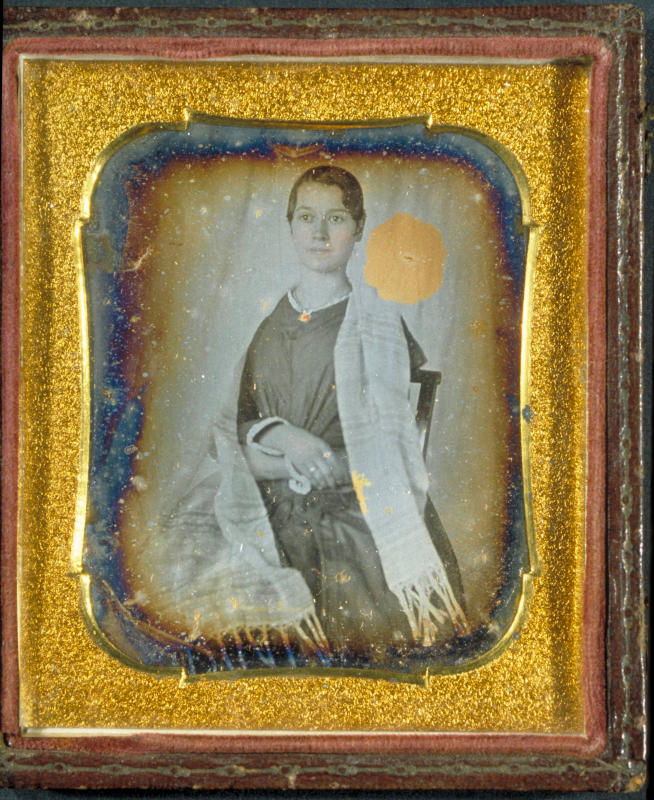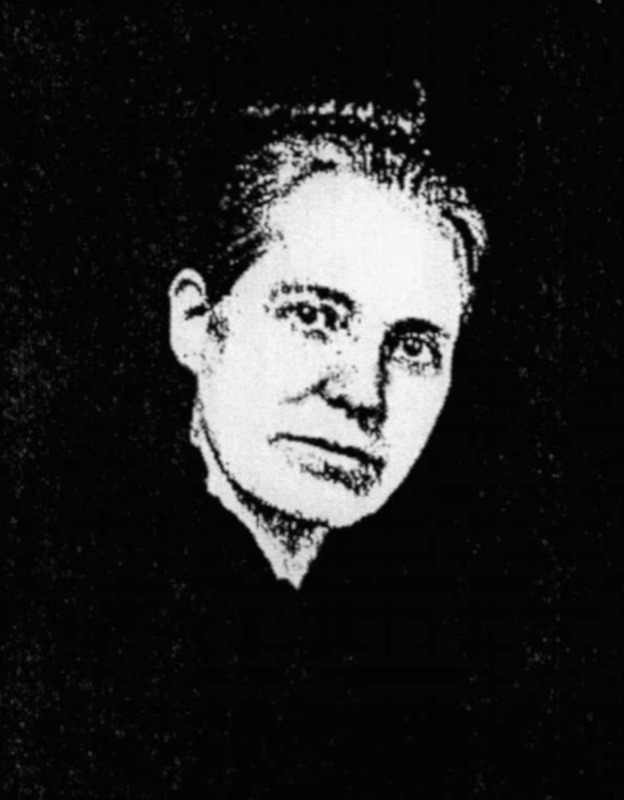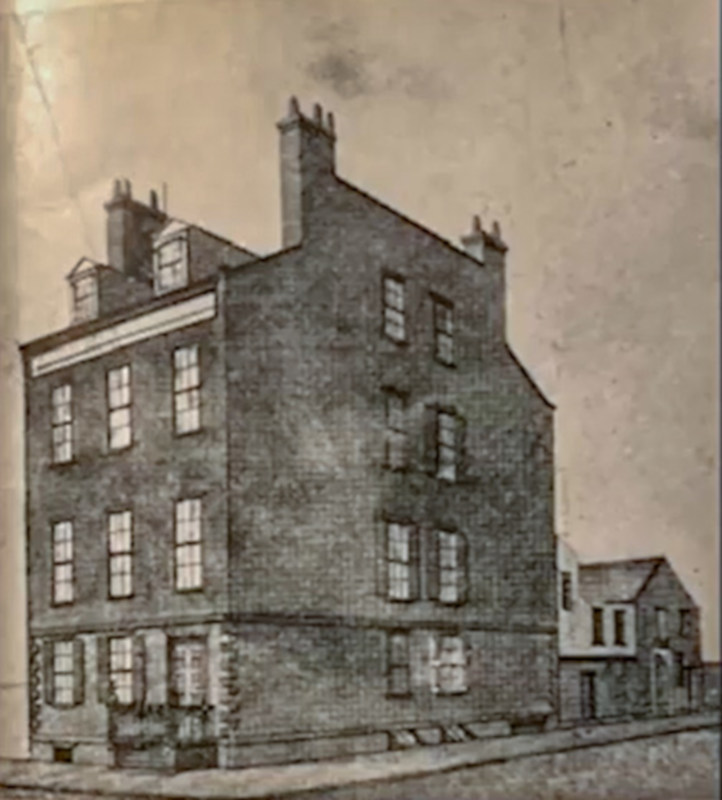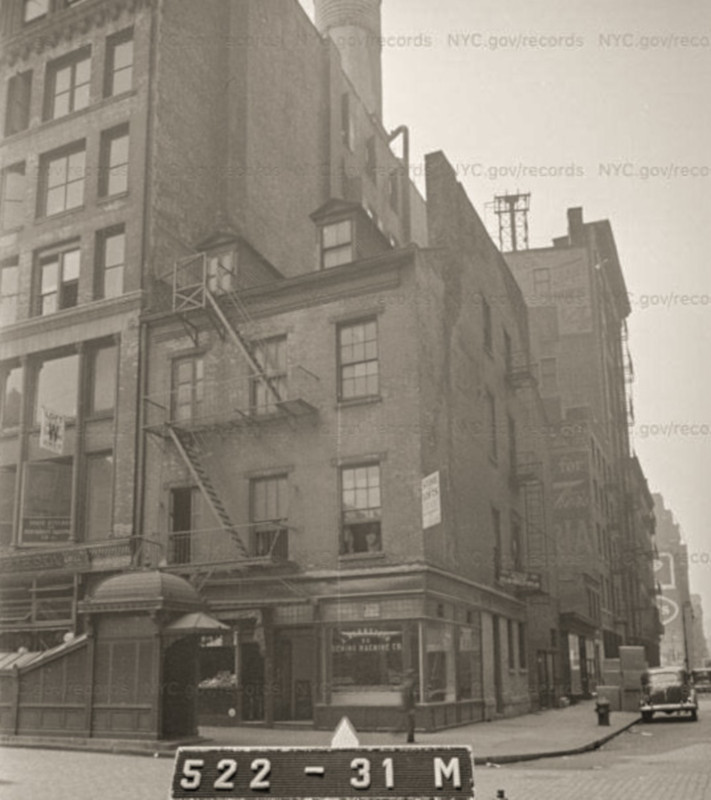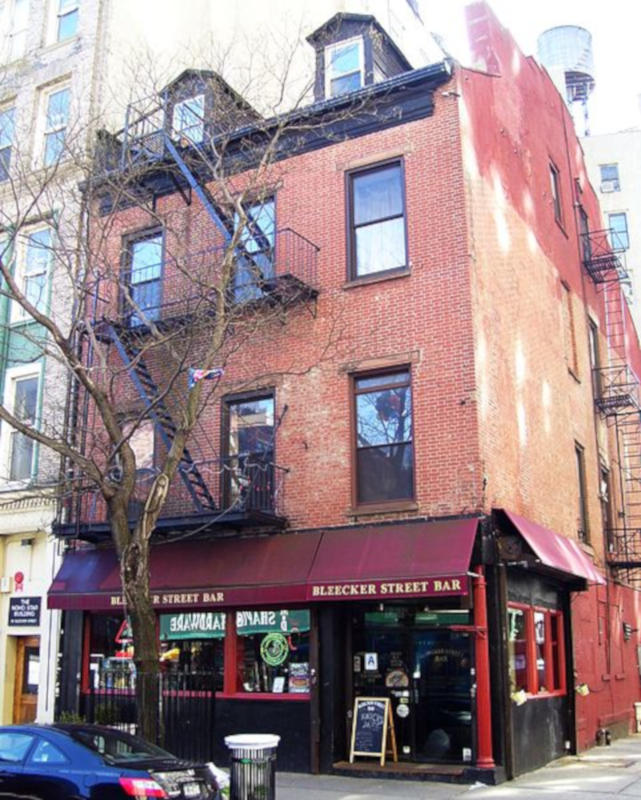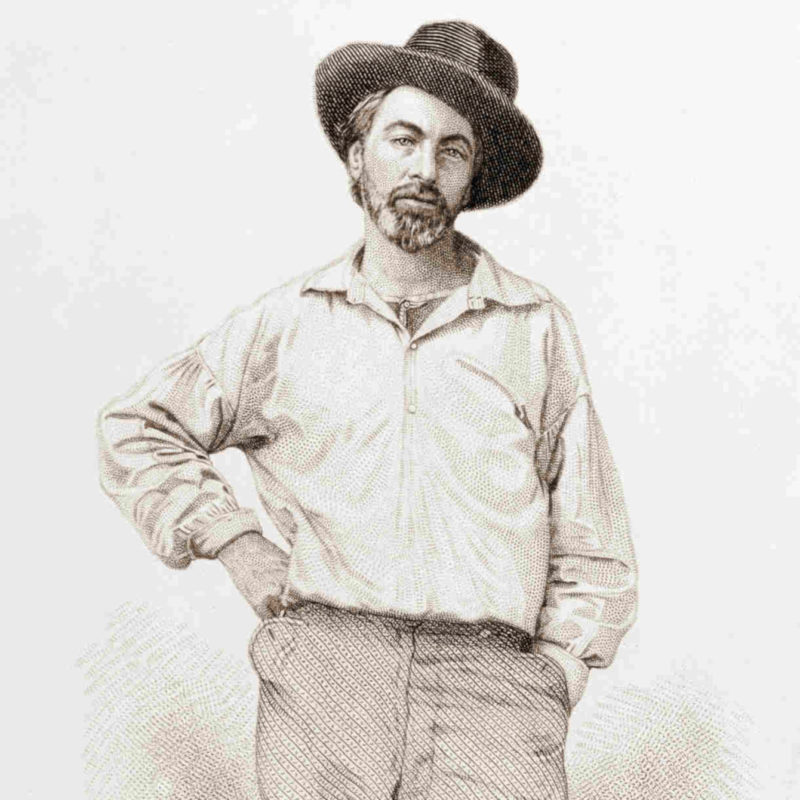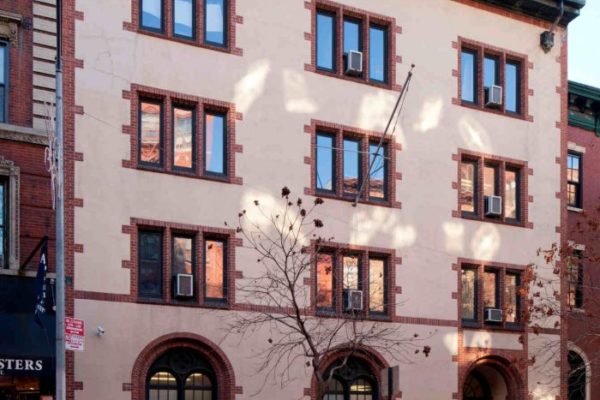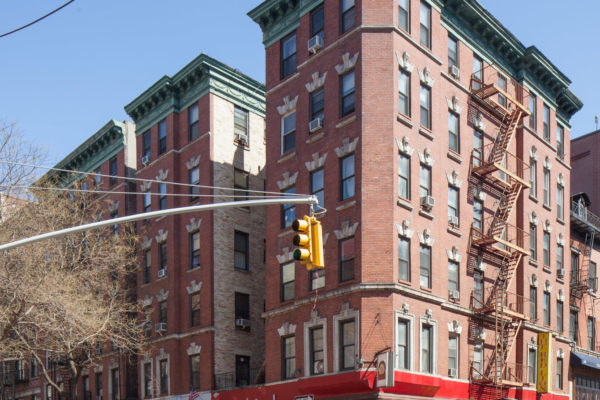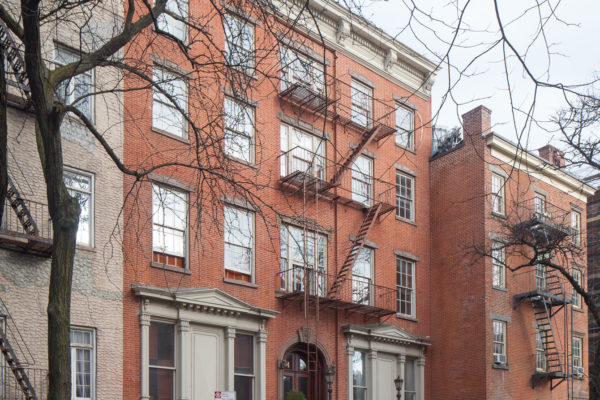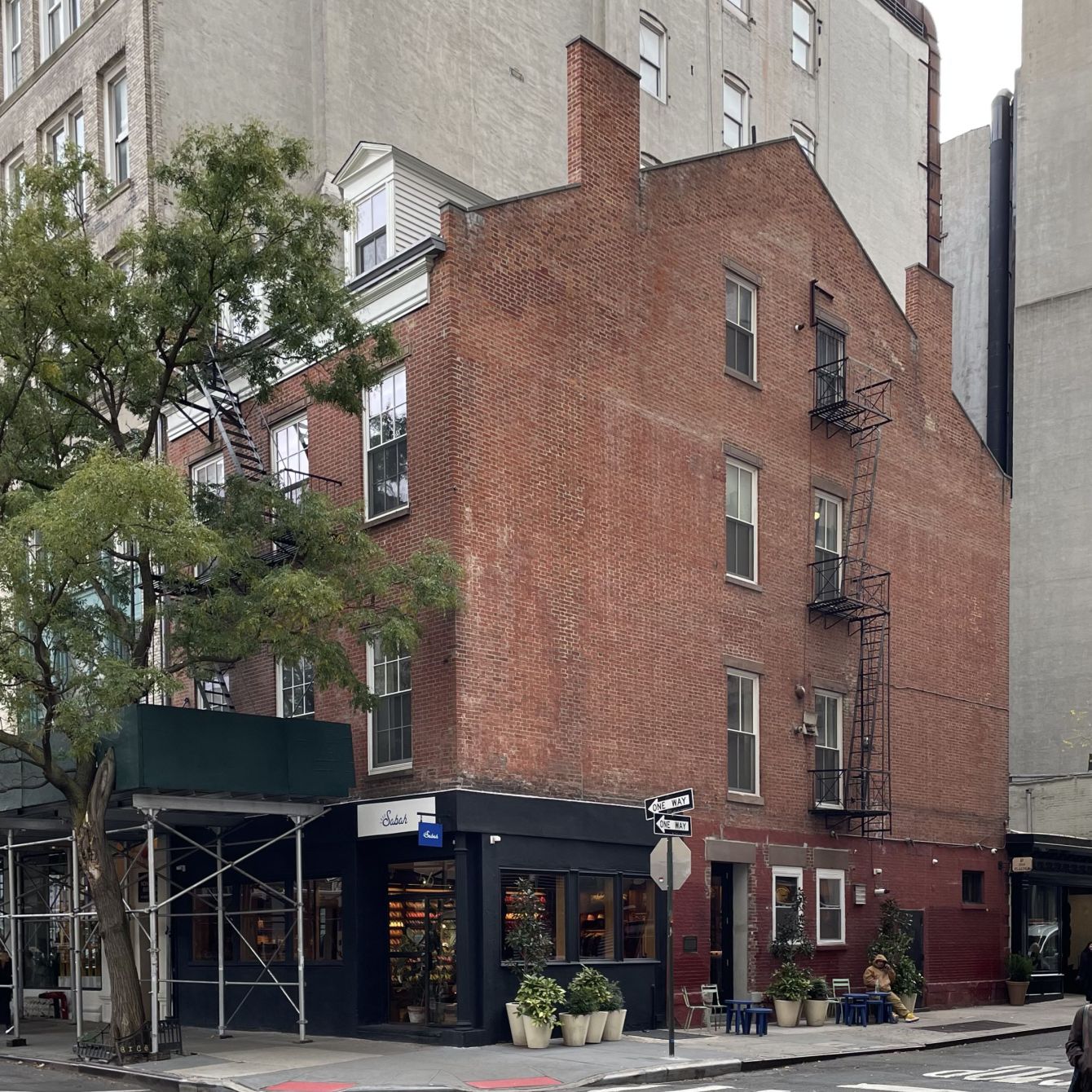
New York Infirmary for Indigent Women & Children
overview
From 1857 to 1860, this building was the first location of the New York Infirmary for Indigent Women and Children. Founded by Doctors Elizabeth and Emily Blackwell, it was the first American hospital run by and for women.
It was also a very early instance in New York of a homosocial sphere of professional women, and one in which lesbians were integral.
On the Map
VIEW The Full MapHistory
This grand Federal style house was rented from 1857 to 1860 as the first location of the New York Infirmary for Indigent Women and Children, founded by Doctors Elizabeth and Emily Blackwell, the first and third American female doctors. Dr. Emily Blackwell (1826-1910) and Dr. Marie Elizabeth Zakrzewska (1829-1902), two of the three female physicians at the infirmary, today might identify as lesbian, illustrating the social and professional impact of lesbians even decades before the more well-known women of the progressive reform movement era of the late 19th and early 20th centuries. Built in 1822-23, it was originally the residence of James and Harriet Howland Roosevelt, great-grandparents of future President Franklin Delano Roosevelt, until 1856.
Born in England, Elizabeth Blackwell (1821-1910) moved with her family to New York City in 1832. She became a teacher, but decided to attempt the study of medicine. She was rejected by numerous medical schools because she was a woman, and in 1847 was only accepted at Geneva Medical College, Geneva, New York, because administrators left it up to a vote of the male students. After receiving her medical degree in 1849, as the first American woman to do so, she received practical training in Europe, then settled in New York City in 1851. She attempted to set up a medical practice but had great difficulty attracting clients. The city’s male medical establishment was openly hostile to a woman doctor, and even women who had supported her were not ready to patronize her. This was a primary reason why in 1853 she established the New York Dispensary for Indigent Women and Children, near Tompkins Square.
Dr. Blackwell convinced her younger sister, Emily, to follow her into studying medicine. Emily was admitted at Rush Medical College, Chicago, but the trustees were pressured by the state medical society to dismiss her. She completed a degree in 1854 at Cleveland Medical College, a department of Western Reserve College in Cleveland, Ohio. Only the third American woman doctor, she received practical training in Europe and moved to New York City in 1856.
Together, the Blackwell sisters expanded the services offered at the Dispensary by opening the New York Infirmary for Indigent Women and Children, at 58 (originally numbered 64) Bleecker Street, on May 12, 1857. Dr. Elizabeth Blackwell was the director, and Dr. Emily Blackwell was the surgeon. They were joined by Dr. Zakrzewska, as resident physician. Born in Berlin in a Polish noble family, Zakrzewska had gained experience working with her midwife mother, completed some studies in Berlin, and moved to New York in 1853. With the encouragement of Dr. Elizabeth Blackwell, she was accepted at, and received her degree from, Cleveland Medical College. When she returned to New York in 1856, she was a leading fund-raiser for the Infirmary.
The Infirmary was the first American hospital for women that was staffed entirely by and run by women. Supported by subscriptions and donations, it provided free medical care for poor women and children, and also provided critical clinical experience for women going into medicine, as well as free training for female nurses, becoming one of the first such American facilities. The first floor of the Infirmary was used for the dispensary, an examination room, and an operating room; the second floor had two wards; the third floor was a maternity ward; and the attic housed students, servants, and Dr. Zakrzewska. From the beginning, it was a huge success. The Infirmary also launched a “sanitary visitor” program for instruction to poor mothers on infant care and family health, in their homes – thus this was the precursor by several decades to the Henry Street Settlement’s Visiting Nurse Service, begun in 1893.
The Infirmary was also a very early instance in New York of a homosocial sphere of professional women, and one in which lesbians were integral. As stated in an Annual Report:
The essential feature of this Institution is that it is an effort of women to help themselves by the steady and earnest cultivation of a valuable field of industry.
Dr. Zakrzewska left the Infirmary in 1859, and moved to Boston where she became a professor of obstetrics at the New England Female Medical College. In 1862, she opened the New England Hospital for Women and Children, the second such institution run by women in the U.S. That same year, Julia Sprague moved into her home, and they had a relationship that lasted until the doctor’s death 40 years later.
After its three-year lease on Bleecker Street expired, the Infirmary acquired a larger and less costly building at 126 Second Avenue (demolished), and moved in 1860. Dr. Elizabeth Blackwell began traveling back to England in 1859, giving a year-long lecture tour. In 1868, the sisters founded the Women’s Medical College of the New York Infirmary. This was another significant institution run by women. Dr. Elizabeth Blackwell served as professor of hygiene, and Dr. Emily Blackwell was professor of obstetrics and diseases of women. The older sister permanently moved to England in 1869. Dr. Emily Blackwell thus fully deserves credit as the primary force in building, managing, fund-raising, and expanding both of their institutions. She served as dean and professor at the Women’s Medical College for 30 years. It became a three-year program in 1876, a four-year college in 1893, and ceased in 1899 when its students were transferred to Cornell University Medical College, which then admitted women. Lillian Wald, founder of the Henry Street Settlement in 1893, was a student at the college in 1891 and was thus profoundly influenced by Dr. Blackwell and the Infirmary’s programs.
Elizabeth Cushier (1837-1931) entered Dr. Emily Blackwell’s life in 1870 as a later-in-life student at the Women’s Medical College. Born in Jamaica, Queens, Cushier graduated in 1872 and completed a year and a half of further studies in Zurich. She returned to New York and became a gynecological surgeon at the Infirmary and a professor of obstetrics and surgery at the College. The two doctors formed a Boston marriage, living together at 53 East 20th Street (demolished) from 1882 to c. 1900, and were together for 28 years until Blackwell’s death.
Entry by Jay Shockley, project director (February 2022).
NOTE: Names above in bold indicate LGBT people.
Building Information
- Architect or Builder: unknown
- Year Built: 1822-23
Sources
Andrew Berman, “Elizabeth Blackwell’s NYC: The historic sites where America’s first female doctor made her mark,” blog, Off the Grid, May 17, 2018, bit.ly/3JfOlHh.
Arlene Shaner, “Highlighting NYAM Women in Medical History: Elizabeth Martha Cushier, MD,” The New York Academy of Medicine Blog, September 15, 2020, bit.ly/3JxxrnY.
“Elizabeth Blackwell,” Britannica, bit.ly/3Jtv5GC.
“Emily Blackwell,” Britannica, bit.ly/3BmDBnO.
Janice P. Nimura, The Doctors Blackwell: How Two Pioneering Women Brought Medicine to Women – and Women to Medicine (New York: W.W. Norton & Co., 2021).
Julia Boyd, The Excellent Doctor Blackwell: The Life of the First Woman Physician (Stroud, U.K.: Sutton Publishing Ltd., 2005).
“Marie E. Zakrzewska,” Changing the Face of Medicine, bit.ly/3oPEeBt.
NYC Landmarks Preservation Commission, NoHo Historic District Designation Report (New York: City of New York, 1999), 29-31.
New York Infirmary for Indigent Women and Children, Annual Report (New York: Baptist & Taylor), 1857-1861. [1859 Annual Report, p. 9, source of pull quote]
Olivia Campbell, “The Queer Victorian Doctors Who Paved the Way for Women in Medicine,” History, June 1, 2021, bit.ly/3sJB2YZ.
Regina Morantz-Sanchez, “Elizabeth Blackwell in the Digital World,” Nursing Clio, September 17, 2015, bit.ly/3GST6oO.
Tom Miller, “The James Roosevelt House – No. 56 Bleecker Street,” Daytonian in Manhattan, April 29, 2015, bit.ly/3HZq9ZO.
Trow’s New York City Directory (New York: John W. Trow), 1857-1861.
Do you have more information about this site?
This project is enriched by your participation! Do you have your own images of this site? Or a story to share? Would you like to suggest a different historic site?
